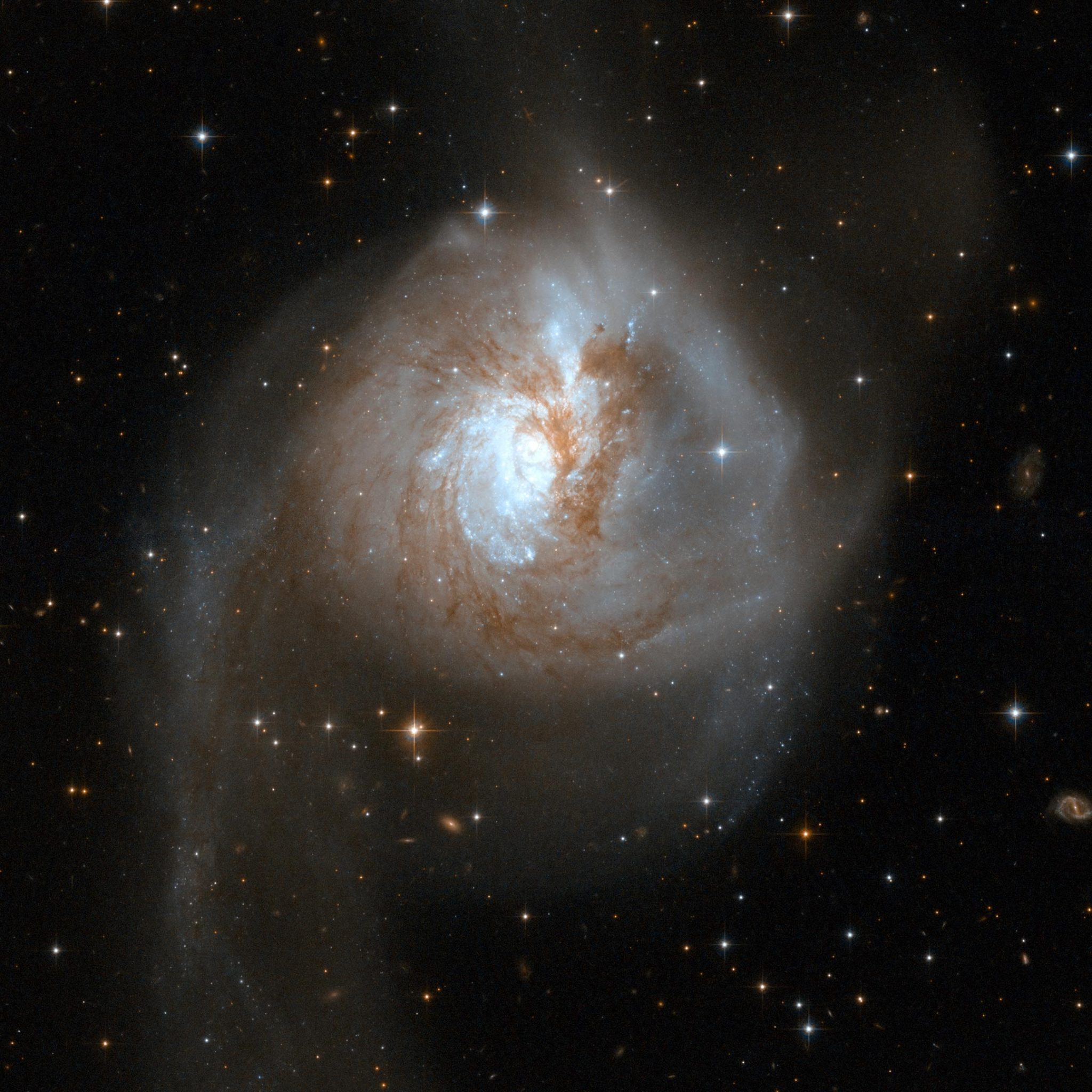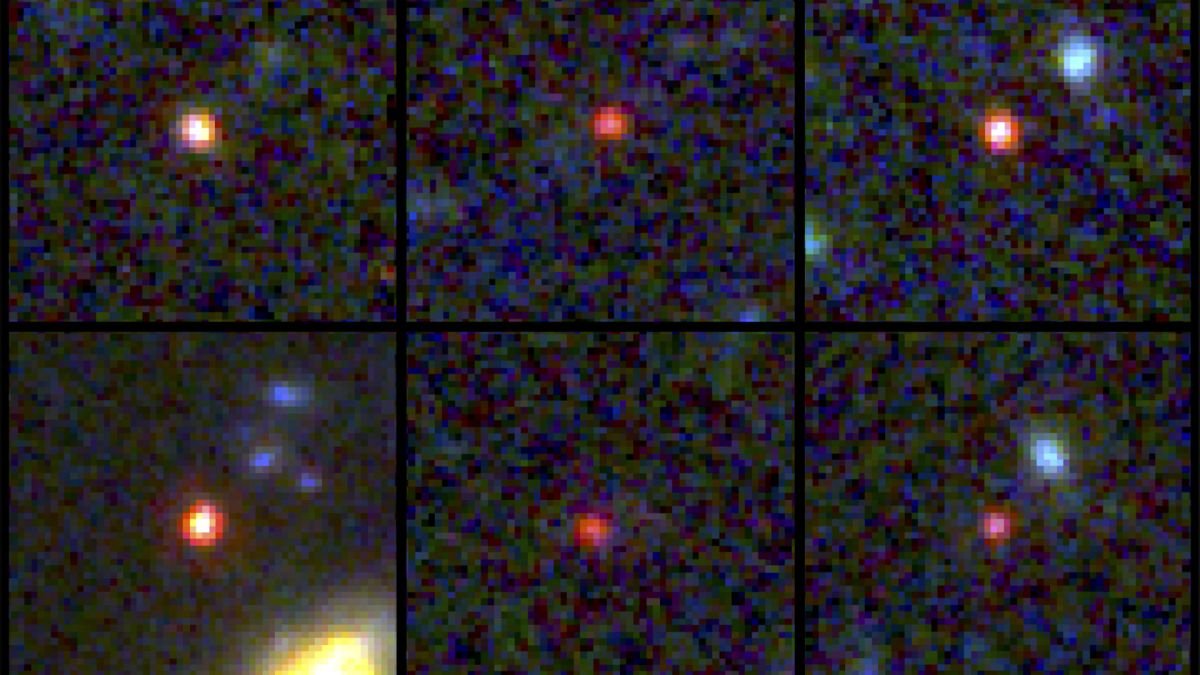

But hear me out I quite literally shouted in joy at my computer upon seeing that first image. Sure, maybe I’m a little biased as an astronomer whose research focuses on this precise topic. I believe the most exciting JWST result yet is that dot-the telescope’s first image of an exoplanet, a planet around another star. Credit: NASA/ESA/CSA, A Carter (UCSC), the ERS 1386 team, and A.

A coronagraph blocks the host star’s light so the planet can be seen. The images at bottom look different because of the ways the different Webb instruments capture light. This image shows the exoplanet HIP 65426 b in different bands of infrared light, as seen from the James Webb Space Telescope. You may have missed it, or even dismissed the image as a drab dot-nothing near the splendor of sights like the Carina nebula. Yet, one of JWST’s most incredible results has slipped by mostly unnoticed and underappreciated. Viewers across the world, including even the president of the United States, have marveled at the cosmos as seen by this marvelous machine. In its first year in space, results from NASA’s new powerhouse telescope have graced the cover of Scientific American, billboards in Times Square, and the computer screens of avid astronomy enthusiasts and casual readers alike. When you think of the results from NASA’s James Webb Space Telescope ( JWST), images of swirling colorful clouds in nebulae, galaxies older than we’ve ever seen before, and infant stars being born probably come to mind.


 0 kommentar(er)
0 kommentar(er)
